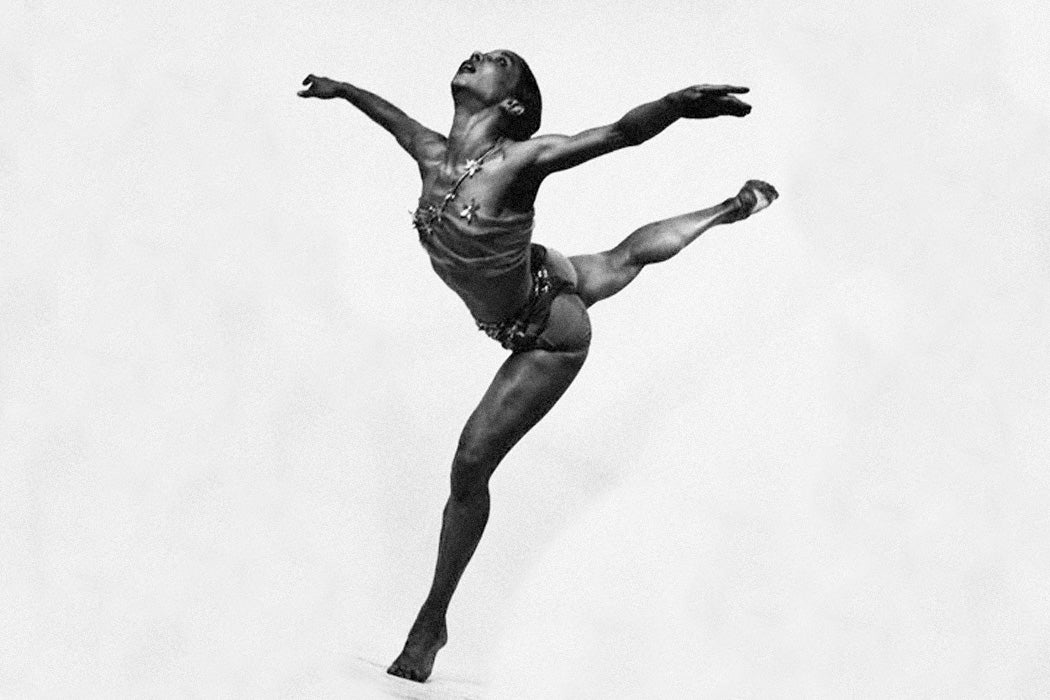In the early twentieth century, classical ballet was a relatively new form of art in the United States. Many companies were experimenting with the dance form, and slowly ballet worked its way into the mainstream. In the 1930s, one aspiring dancer, an African-American woman named Janet Collins, watched companies perform at the Los Angeles Philharmonic auditorium. Collins wanted to dance, but ballet classes would not take her, saying she would be taking up space in the class. Collins hired a private ballet tutor instead.
In a review of Collins’s biography, Night’s Dancer, Debra Cash writes, “Some barrier breakers are battering rams. Others are butterflies.” Collins, she suggests, was the latter. According to Cash, Leonide Massine, director of the Ballet Russe de Monte Carlo, told Collins in an audition when she was fifteen that she would have to perform in whiteface if she joined the company. Collins declined and then “went outside and cried her heart out.” After her experience auditioning for the company, she found many directors were hesitant to allow a black ballerina on stage.
Scholars Peter J. Blodgett and Sara S. Hodson write that decades later in 1951, Collins finally earned her big break and became the first black premier ballerina in the Metropolitan Opera Ballet. New York celebrated her and she enjoyed the spotlight in her leading roles. Other companies began to integrate.
The story of Raven Wilkinson is not so different. More than twenty years after Collins’s unsuccessful audition, Wilkinson became the first black ballerina in the Ballet Russe de Monte Carlo. It was quickly after major lead roles in Giselle and The Nutcracker that she also realized the limits of dancing as a black woman. The company told Wilkinson to make her skin appear whiter with powder. Blodgett and Hodson write, “With her light skin, she was assumed by audiences to be white when she performed and traveled with the company.”
Once a Week
After a critical school segregation court decision in 1954, the Ballet Russe de Monte Carlo cancelled tours in the South. There were boycotts and bomb threats after word spread of Wilkinson’s role in the company. She later left the company when members of the Ku Klux Klan attempted to identify her in the company during a performance in Montgomery, Alabama. The company would regularly tour throughout the South and it was a common occurrence to receive threats especially as Wilkinson refused to hide her race.
Dance scholar Nyama McCarthy-Brown explores the slow progress of African-American dancers in American ballet and how issues of casting persist today. She writes, “Dancers [were] being cast in roles because of their skin complexion rather than their technical ability,” as many companies preferred light-skinned ballerinas. Wilkinson would later become a mentor to Misty Copeland, the first African-American ballerina to become principal dancer at the American Ballet Theater. Despite her presence, limited opportunities and passive racism remain unresolved topics in the world of ballet.







